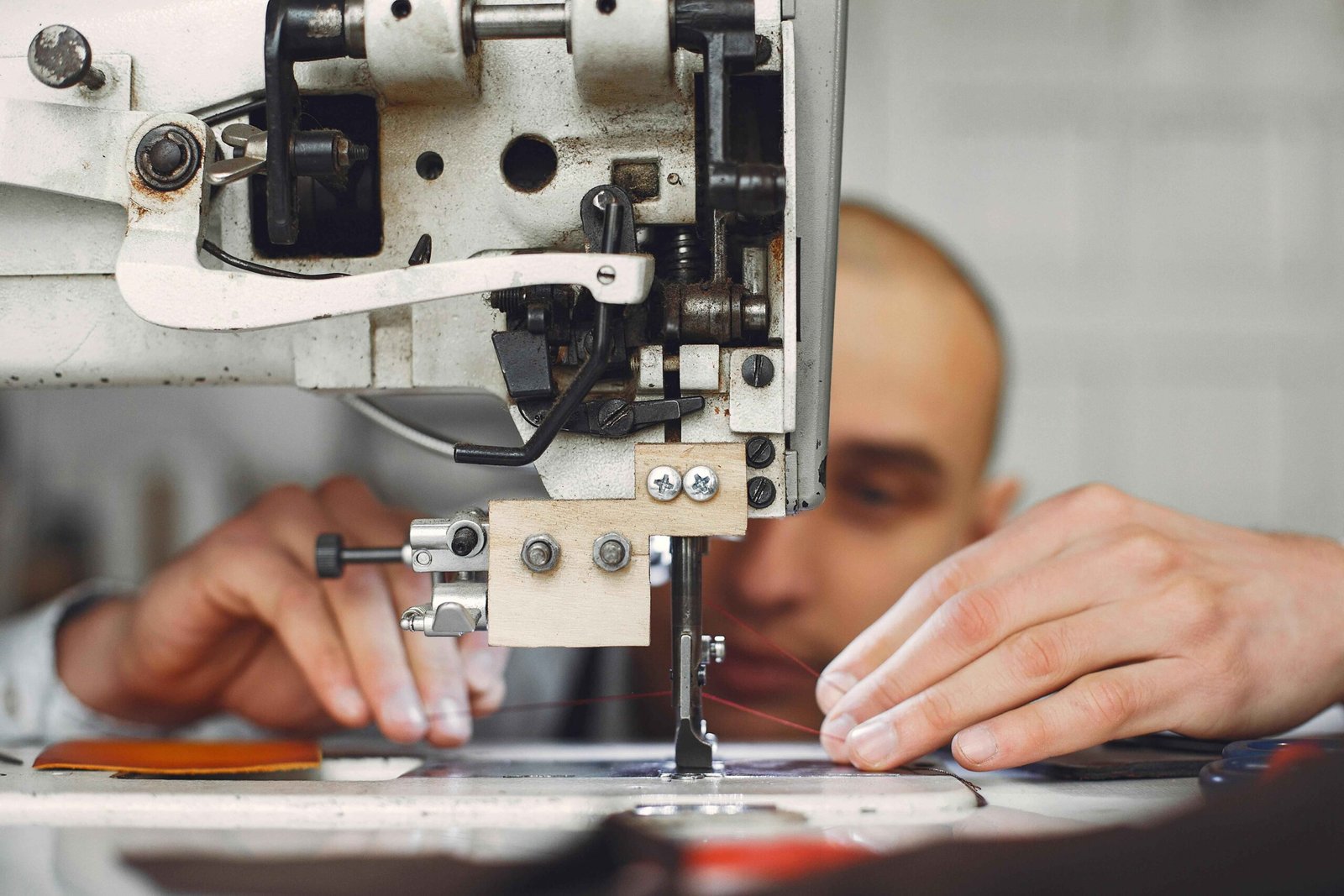Indeed, among the efficient ways streetwear brands can reach a wider audience and create more credibility is through influencer marketing, there by pushing sales further. After all, social relevance, exclusivity, and proof by social circles characterize streetwear; all these things are aligned with influencer marketing. By partnering with influencers who speak to your target audience, your brand can cash in on authenticity, trend leading, and community engagement to bring followers to customers.
In the extremely detailed blog, we’ve discussed how streetwear brands can benefit from using influencer marketing for more brand visibility, credibility, and sales. So here’s everything you need to know about influencer marketing for streetwear brands-from finding the right influencers to designing a strategy that converts.
1. Why Influencer Marketing Works for Streetwear
Streetwear is much more than just a clothing statement; it’s a lifestyle and culture. This makes this area highly suitable for influencer marketing – wherein market connection can be tapped into through personal connections of an influencer to his audience. Influencers in the streetwear space appear to be trendsetters but also carry the voice of culture. When an influencer chooses to endorse something, it transcends to become part of a culture that their followers wish to be associated with.
Here’s why influencer marketing works so well for streetwear brands:
- Cultural Relevance: Streetwear influencers often stay pretty deep within the communities of music, skateboarding, urban culture, and street art. Their following looks to such influencers for the latest, and a brand partnership can add authenticity and cultural relevance to your products.
- Social Proof: When influencers wear and endorse your products, they are giving a stamp of approval for social proof. Followers will trust their style and opinion, which can directly impact buying decisions.
- Increased Brand Exposure: Influencers have dedicated followings, many of whom may not yet know about your brand. You can introduce your brand to potential new customers by tapping into their audience.
2. Identify the Right Influencers for Your Brand
Your influencer marketing campaign will be based on choosing only those influencers that would represent the values, aesthetic, and target audience of your brand. You’re not going to choose every single one; hence, a thorough research is needed before entering into collaboration with them.
Here are ways in which you can discover the influencer fit for your streetwear brand:
- Micro vs. Macro Influencers: The micro influencer is going to have a far greater percentage of engagement rates compared to larger influencers or celebrities. For streetwear brands, micro-influencers might actually be the way to go since their followers trust their opinions much more.
- Relevance: Try to collaborate with influencers who already have an interest in streetwear culture, skateboarding, hip-hop, or urban fashion. They should already be wearing and talking about brands similar to yours.
- Engagement Over Numbers: Do not look at the following. It’s better to work with those who have a highly engaged audience: a lot of likes, comments, and interactions, rather than influencers who have a tremendous, but rather passive, following.
- Demographic Match: Ensure the influencer’s audience is composed of your target market. For instance, if your target age is between 18 and 25, location, or interest, such as skateboarding or sneaker culture, then ensure that is aligned with the niche of an influencer.
3. Types of Influencer Collaboration for Streetwear Brands
Collaboration with influencers can be worked on in numerous ways, and the type of collaboration brings in different levels of exposure and engagement depending on your brand’s goal. You may need to create awareness, buzz around a new drop, or drive direct sales; therefore, these collaborations all work differently for your campaign.
Among the most common influencer partnerships for streetwear brands are the following:
a. Sponsored Content
Sponsored posts are probably the most obvious way to collaborate with influencers. For a fee or in exchange for free products, the influencer will create content featuring your streetwear products, likely providing a review, styling tips, or some casual endorsement.
- Benefits: High visibility, direct promotion. You can dictate the key messages or themes you want them to convey.
- How to Make It Work: Give the influencer enough creative freedom so that he or she will be motivated to make the content as natural to the audience as possible but introduces your brand.
b. Product Gifting
This essentially is free products being given to influencers in the hopes that they’ll feature them on their social media pages. This method is fantastic if you are a smaller streetwear brand that doesn’t have the biggest budget.
- Pros: Cheap and low-risk. If the influencer likes the product, they might even endorse it organically.
- How to Succeed: Gift them a memorable experience. Send a handwritten note or personalized items making them feel valued. Ensure the products fit in with their personal style.
c. Affiliate Programs
With affiliate marketing, you pay for each sale made through a unique referral link or discount code the influencer shares with his followers. This will encourage the influencer to promote your brand and create sales.
- Benefits: You only pay influencers for driven sales, so little upfront risk is involved.
- How to Make It Work: Make the commission structure attractive to the influencer and give them a list of exclusive discount codes that they can share with their followers and, through that, be able to track sales
d. Brand Ambassadorships
When taking brand ambassadorships with influencers, you have long-term collaboration with your brand and the influencer to promote your products constantly and allowing them to basically be the face of your streetwear line. This relationship between the influencer and your brand builds up to an even deeper relationship with the audience.
- Advantages: Sustained advertisement and a stronger brand-influencer relationship. It fosters trust and may result in higher conversions over time.
- Making It Work: Provide benefits such as early access to the latest products, invitations to exclusive events, and higher commission for sales to keep ambassadors motivated.
e. Co-Created Collections
Co-creating a limited-edition collection with influencers can most certainly lead to a very exclusive and buzz-worthy collaboration. It could be in the form of a capsule line whereby the influencer has significant creative input-from design to marketing.
Benefits: Increases excitement and exclusivity. The followers of the influencer would be lined up to buy the limited-edition pieces, thus one of the highly effective ways to drive sales.
How to Make It Work: The collaboration should feel organic. Perhaps the influencer’s own personal style and aesthetic can be combined with your designs to create a coherent collection that aligns with their audience as well as yours.
4. Craft a Compelling Campaign for Your Influencer Collaboration
To be effective with your influencer partnership, you must have a well-thought-out campaign aligned with your broader goals for your brand. Here’s how to craft a campaign that converts:
a. Define Clear Goals
What do you want to accomplish by running an influencer marketing campaign? Do you aim to create brand awareness, improve visitor volume on your website, or push more sales for your products? Clear goals help determine the strategy and judge the effectiveness.
Awareness Goals: An influencer collaboration aimed at expanding your reach for your brand. This can be an A-list sponsored post, a giveaway.
- Sales Goals: If you want conversions then affiliate programs, shoppable posts, or sales led by the influencer (“Drop Days,” exclusive discount, etc.)
b. Offer Creative Direction
But while you trust an influencer to know their audience best, some creative direction ensures that your brand is represented correctly. Share mood boards, key messages, and examples of previous successful collaborations. Remember to balance the two; how much creative freedom will they have with your brand’s vision?
c. Offer Value to the Audience
Always keep the focus on the audience. Influencers’ followers will only spend time with your brand if they see value—from unique products, discounts, or styling advice to a great story. Influencers can tell why they love your brand, what separates it from other brands, and how their followers can benefit.
d. Unlock Exclusive Drops and Discounts
Streetwear is all about dropping limited editions and exclusive groups. Use influencers to create hype for your drop ahead of its release. Your influencers can push the pre-sales of your collection or even take it up with special limited-edition products or unique discount codes-all of which drive urgency and sales.
5. Measure and Optimize Your Influencer Campaigns
Key Takeaways: Measuring the performance of your influencer marketing activities will focus you on what works and what does not and optimize future collaborations. Implement tools and metrics, and follow up to track the effect that these campaigns have had on your sales and branding.
Here is a list of key performance indicators (KPIs):
Engagement Rates: Track likes, comments, shares, and saves to determine how much the audience is interacting with the influencer’s content featuring your brand.
Traffic and Conversions: Make use of the combination of Google Analytics and UTM links to measure what kind of traffic the influencer is really driving towards your website and their actual result from conversion into sales numbers.
Affiliate Sales: In cases where you are using influencers that use affiliate links or discount codes, record the number of sales being generated through their unique referral link.
Brand Sentiment : Check the quality of the comments and feedback left by your followers. Is there a buzz about your product? This is a good indicator of brand loyalty and future sales.
Conclusion
It’s proved that the ability of deepening streetwear brand exposure, causing sales, and bringing long-term customer relations has an excellent potential in influencer marketing. Here, the success relies on making the correct choice of an influencer, having a genuine collaboration, and creating campaigns appealing not only to the audience of the influencer but also to the brand identity.
Working with micro-influencers will offer value-driven collaborations, and it will monitor the results. This will be an all-around influencer marketing strategy, not only able to elevate the streetwear brand’s cultural relevance but also in order to help generate significant business growth.


